How I Photograph
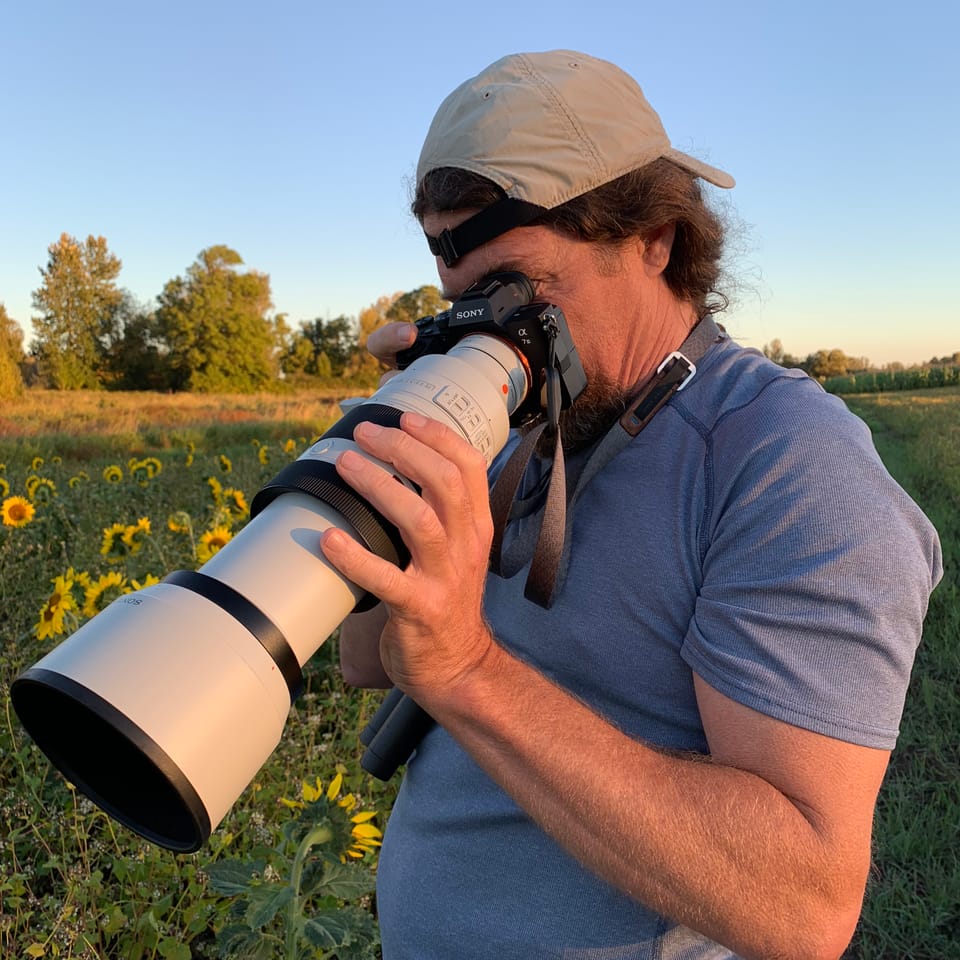
I wasn't planning to write about photography this week, but I received so many comments regarding my photographs of fall colors last week that it prompted me to share this personal insight into how I use photography in my work.
As a naturalist, I've spent my entire life observing the natural world and capturing moments that help me understand and explain what I'm seeing. For many, many years, and to this day, I've jotted these observations down in pocket notebooks.
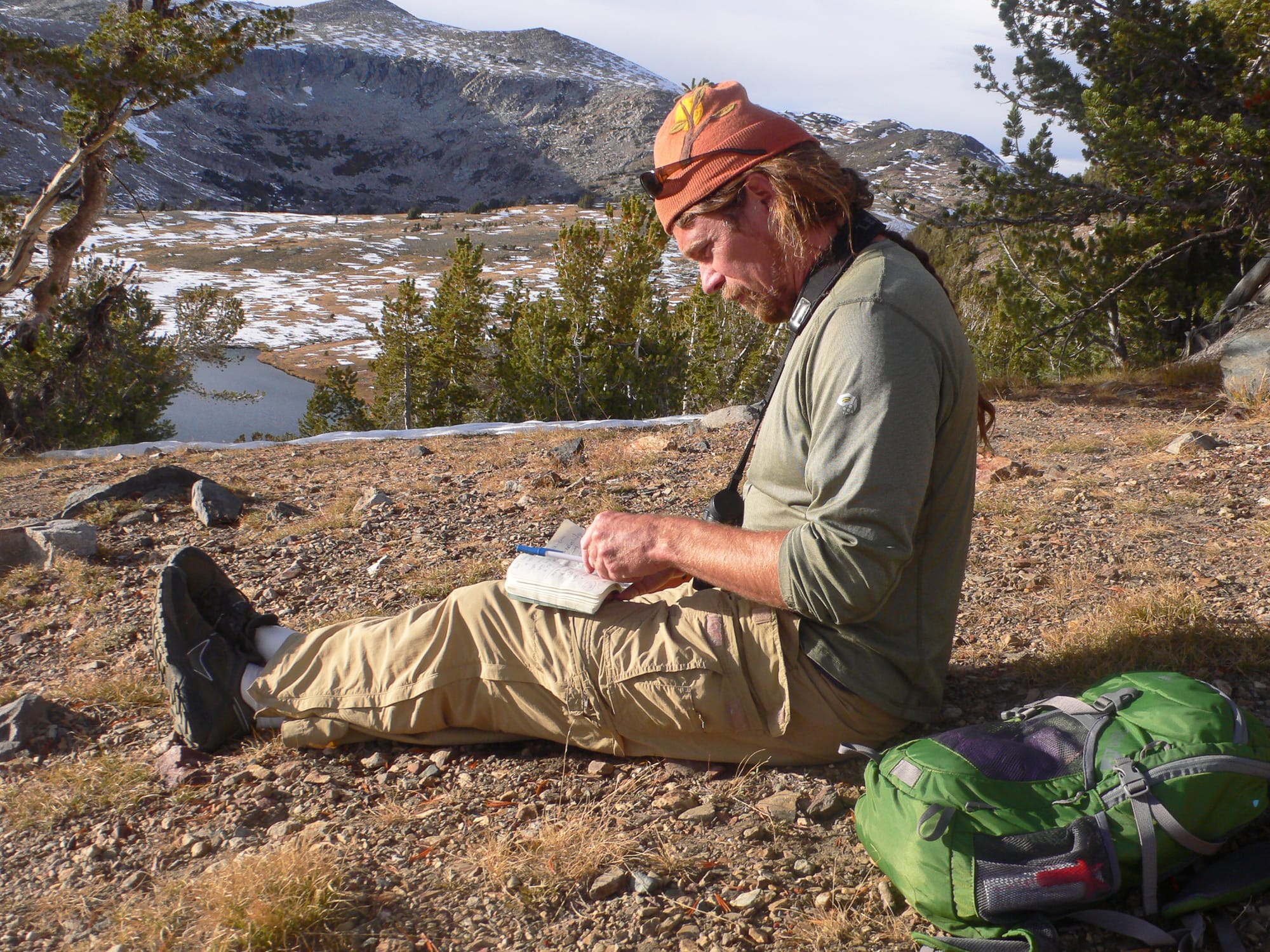
I love the feeling of taking notes while hiking, and over the years I've filled close to 100 notebooks. Even if I'm just listing the plants and animals along a trail, it feels like a way to honor plants and animals with their names.
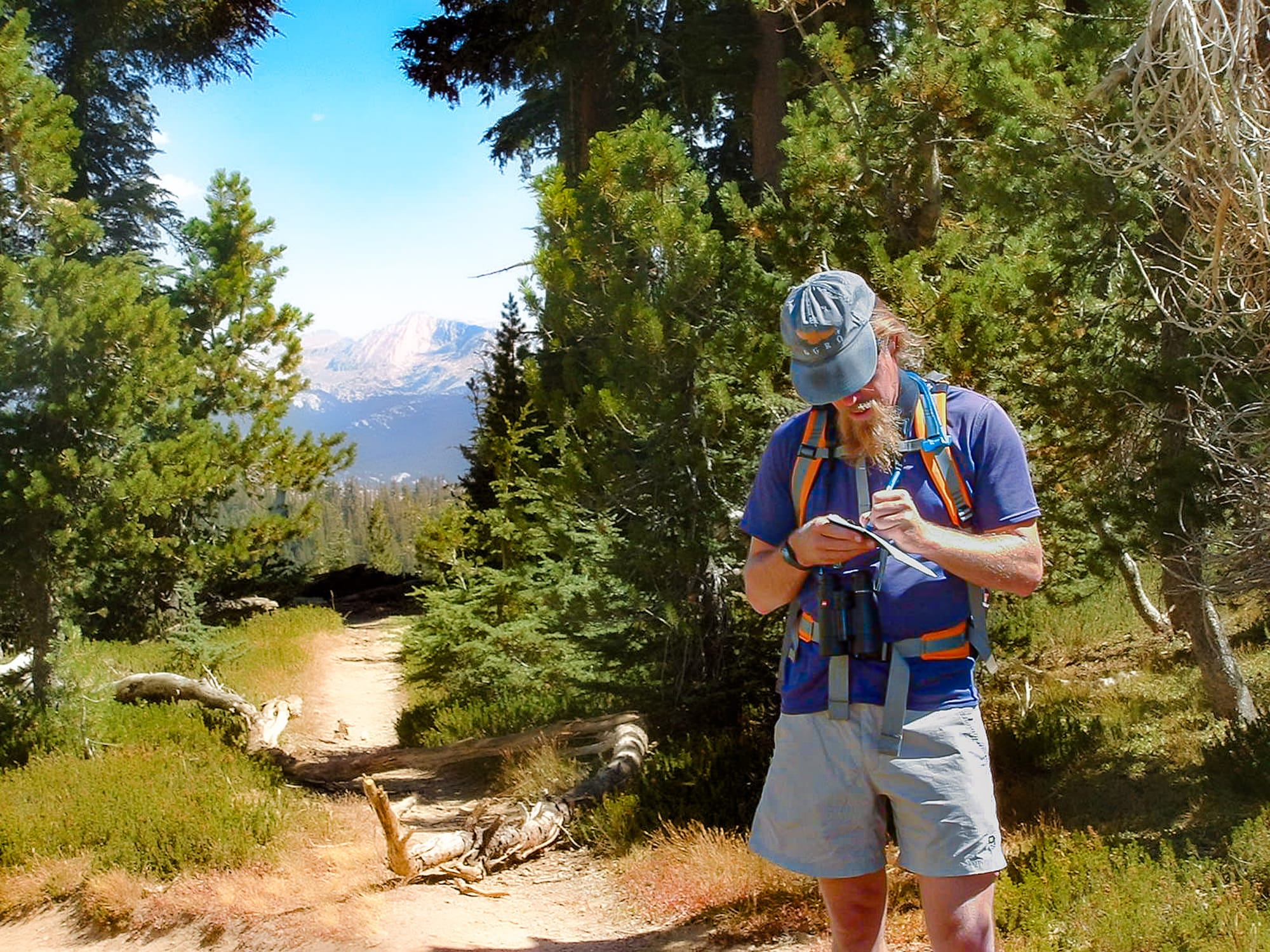
While I've always made a living from some combination of writing books and articles, or leading walks and workshops, I eventually decided to jump on the social media bandwagon and see if I could make a living posting photographs and videos instead.
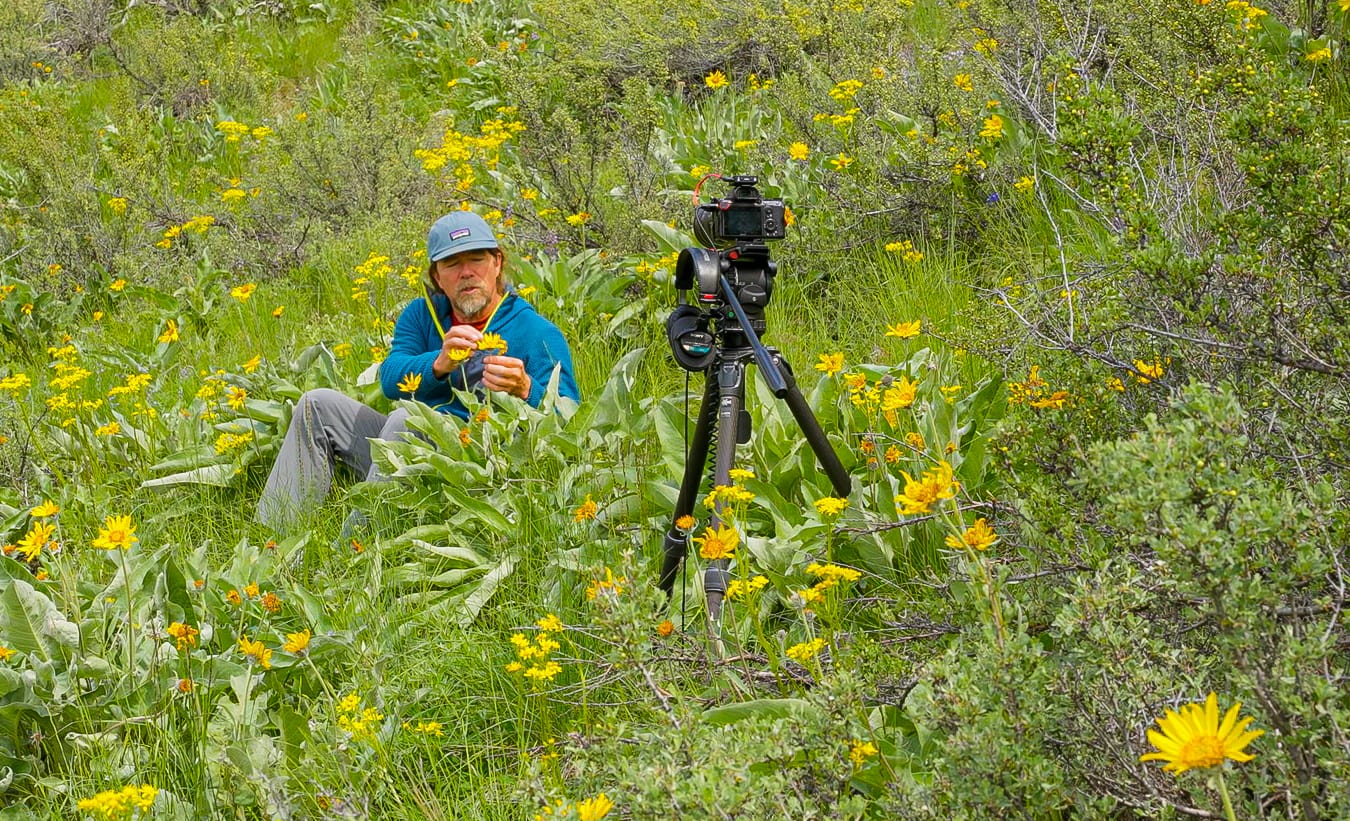
Haha! Like most people discover, that was a bust, and I ended up with a bunch of expensive camera gear I was no longer using.
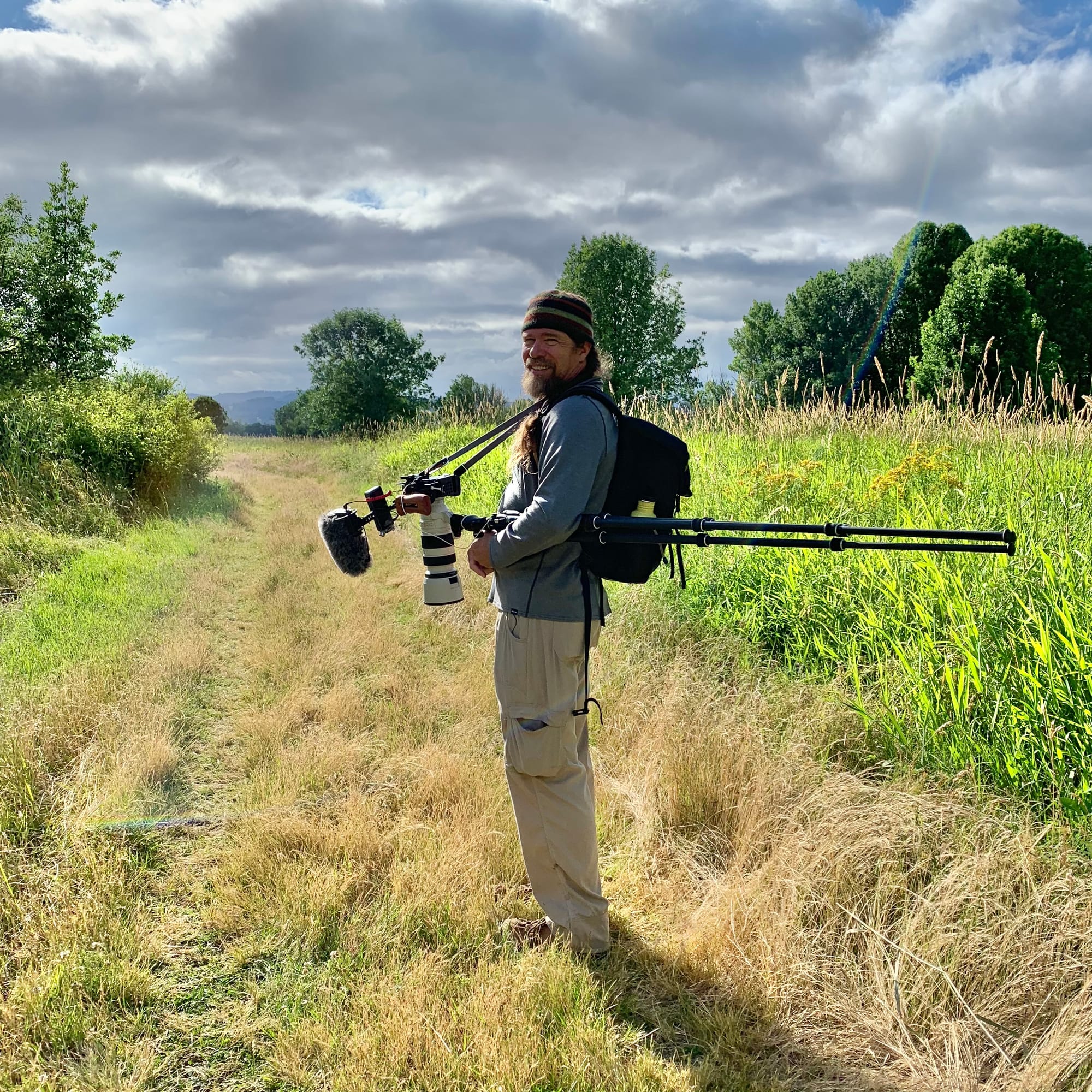
Then just over two years ago, I started producing two weekly nature newsletters (Lukas Guides and Methow Nature Notes) and quickly discovered that every issue of a newsletter needs photographs. So, I dusted off my camera gear and started taking photographs for the newsletters.
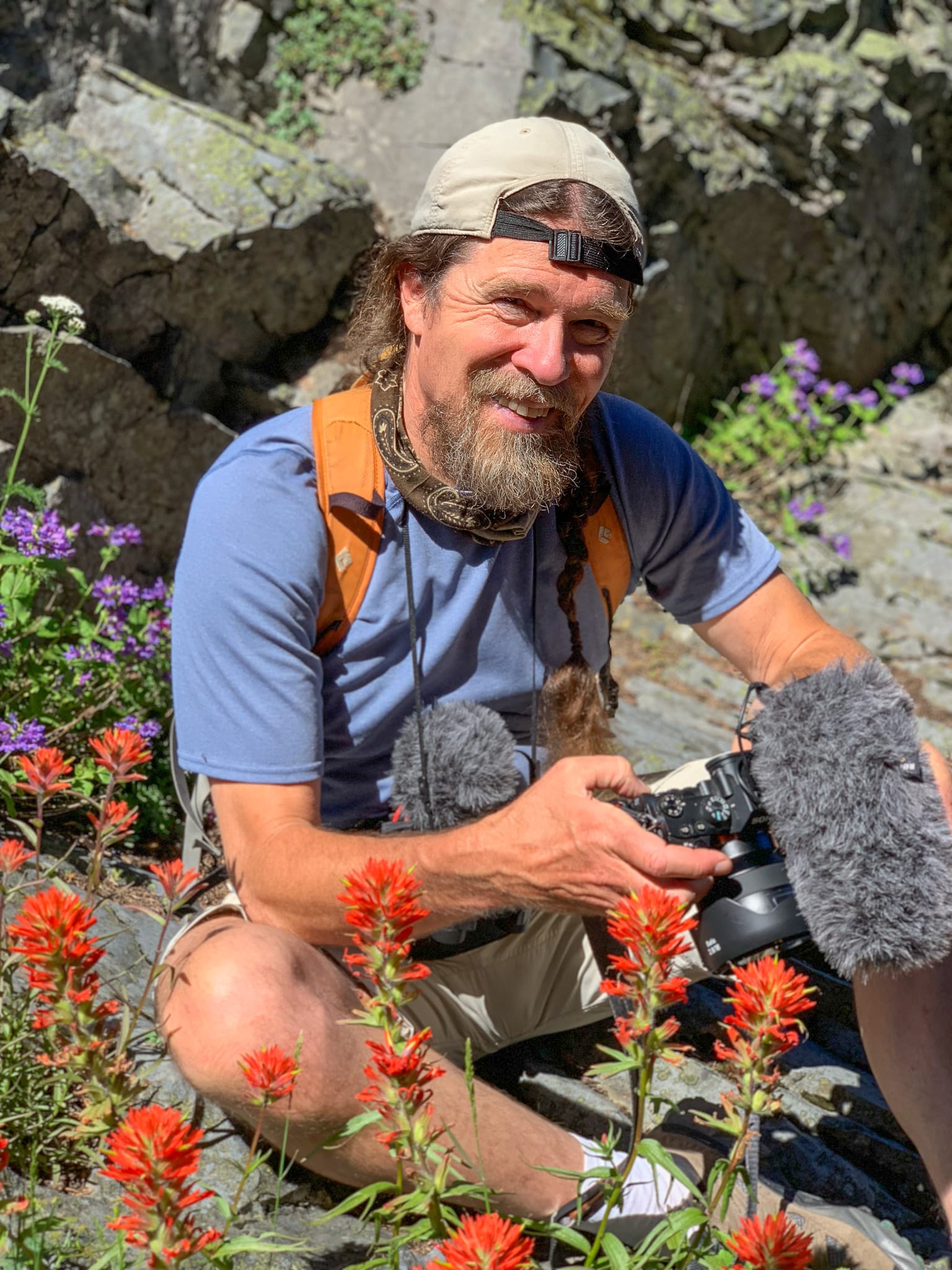
At first, these were nothing more than quick snaps of whatever images I needed for a specific topic, but it soon morphed into an entirely new way of looking at the world. After leaving my camera at home and missing once-in-a-lifetime photos a couple times, I began carrying my camera every time I left the house (even if I'm just going to the store), and I started seeing the world through the lens of a camera.
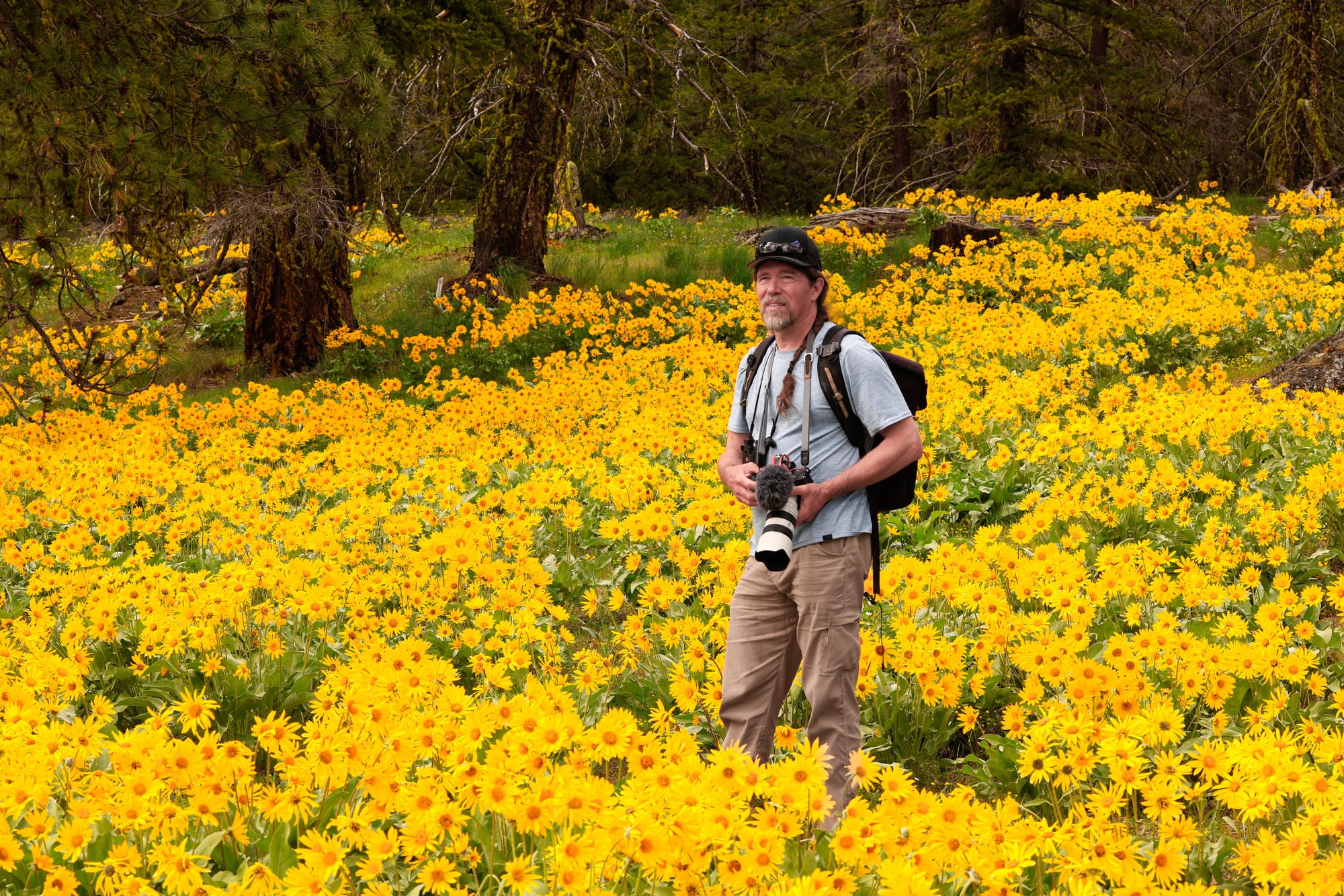
There are countless ways to use a camera, but I use it as a naturalist's tool to capture moments I want to research later. This turns out to be incredibly freeing because I don't have to worry about getting perfect images in perfect light like other photographers do.
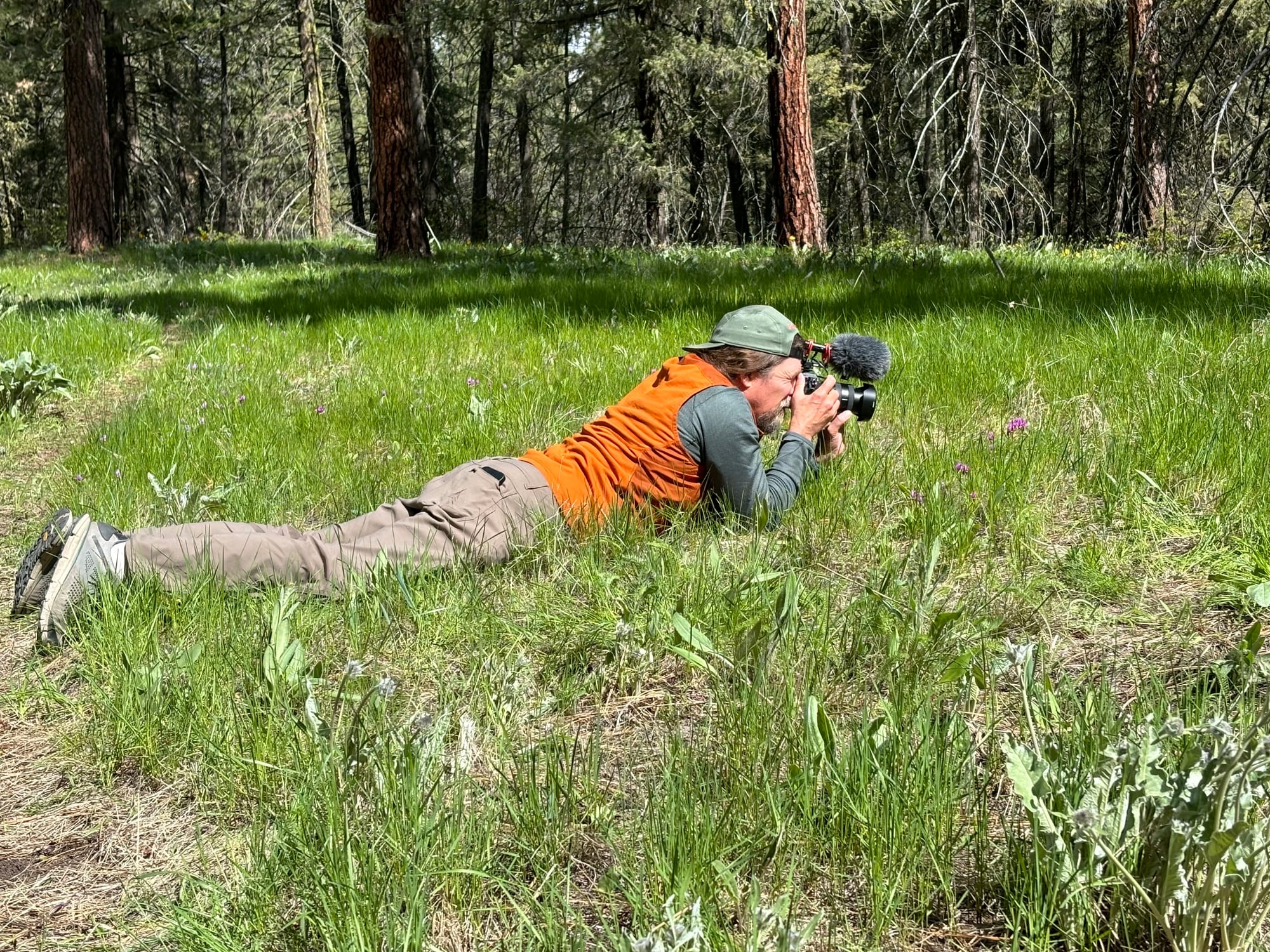
What this means in practice is that I simply wander in nature with my camera in hand. I might hike 12 miles, I might pause to examine every leaf and flower, or I might stand motionless for an hour and wait for something to happen. None of this is pre-planned, I just start walking and let the day be what it's meant to be.
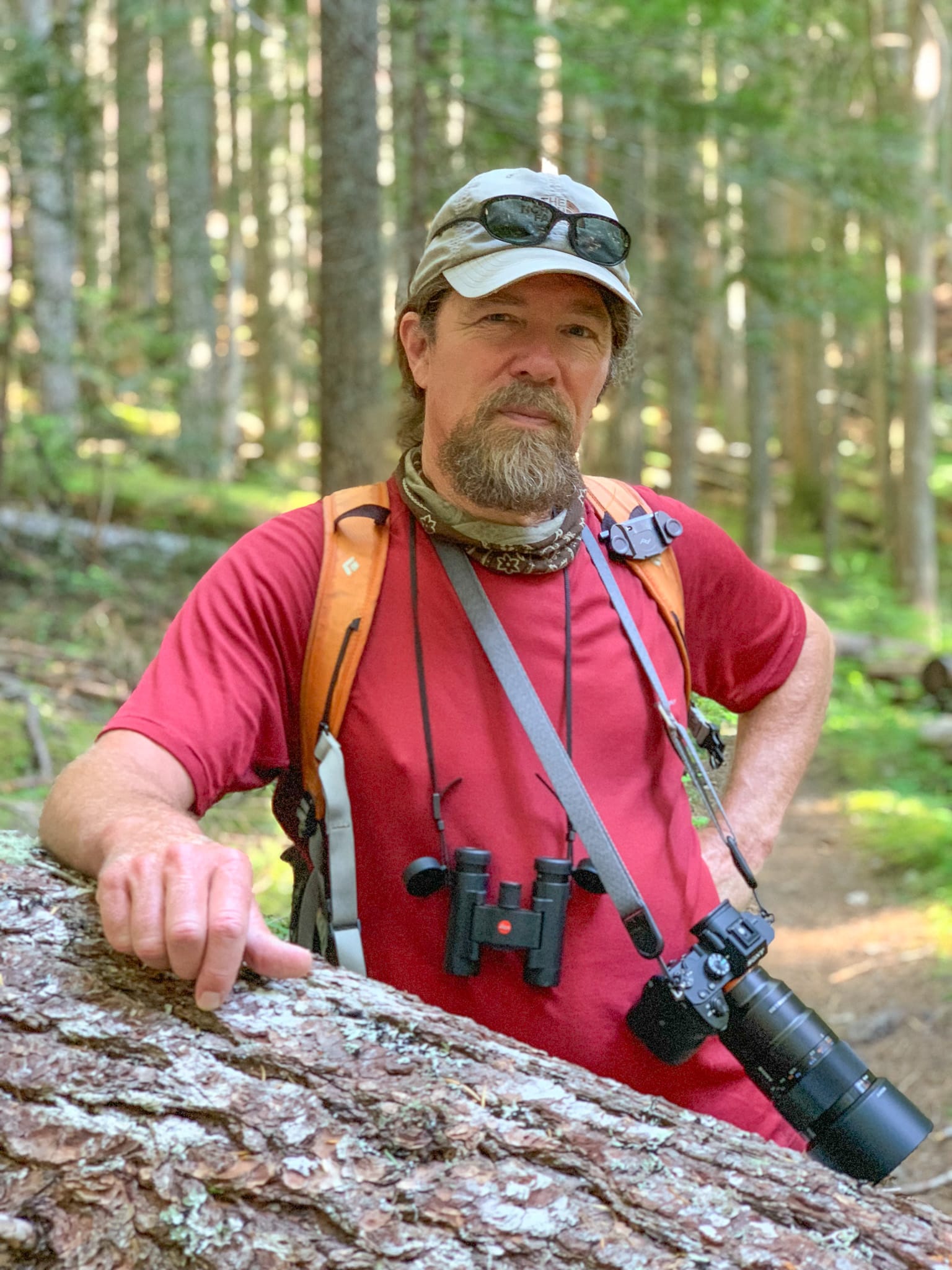
What makes this work is that I don't take photographs and let them sit on my computer, nor do I try to make a living selling photographs. I simply take photographs so I can tell stories in my newsletters, and with every photograph I'm thinking about how it helps tell a story. Not only that, but I'm also thinking very carefully about whether an image could help me tell a story in a future newsletter.
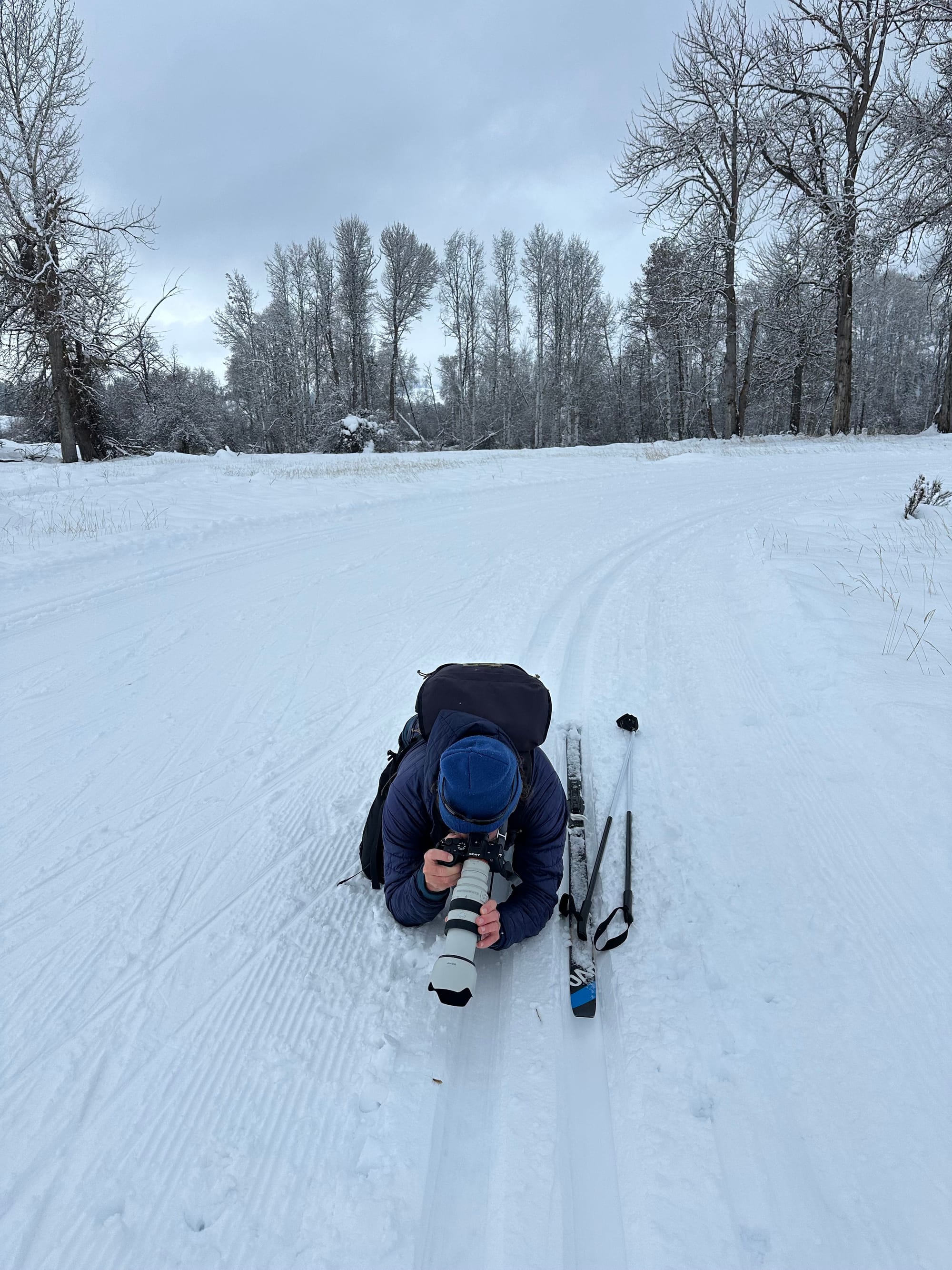
What I love about carrying a cameria is that it's turning into a highly engaged way of being in nature! At every moment, I find myself zeroing in on tiny details while also zooming out and thinking about topics that could take years to tell. My eye and my mind are darting back and forth as I take hundreds of photos and reflect deeply on everything I'm experiencing.
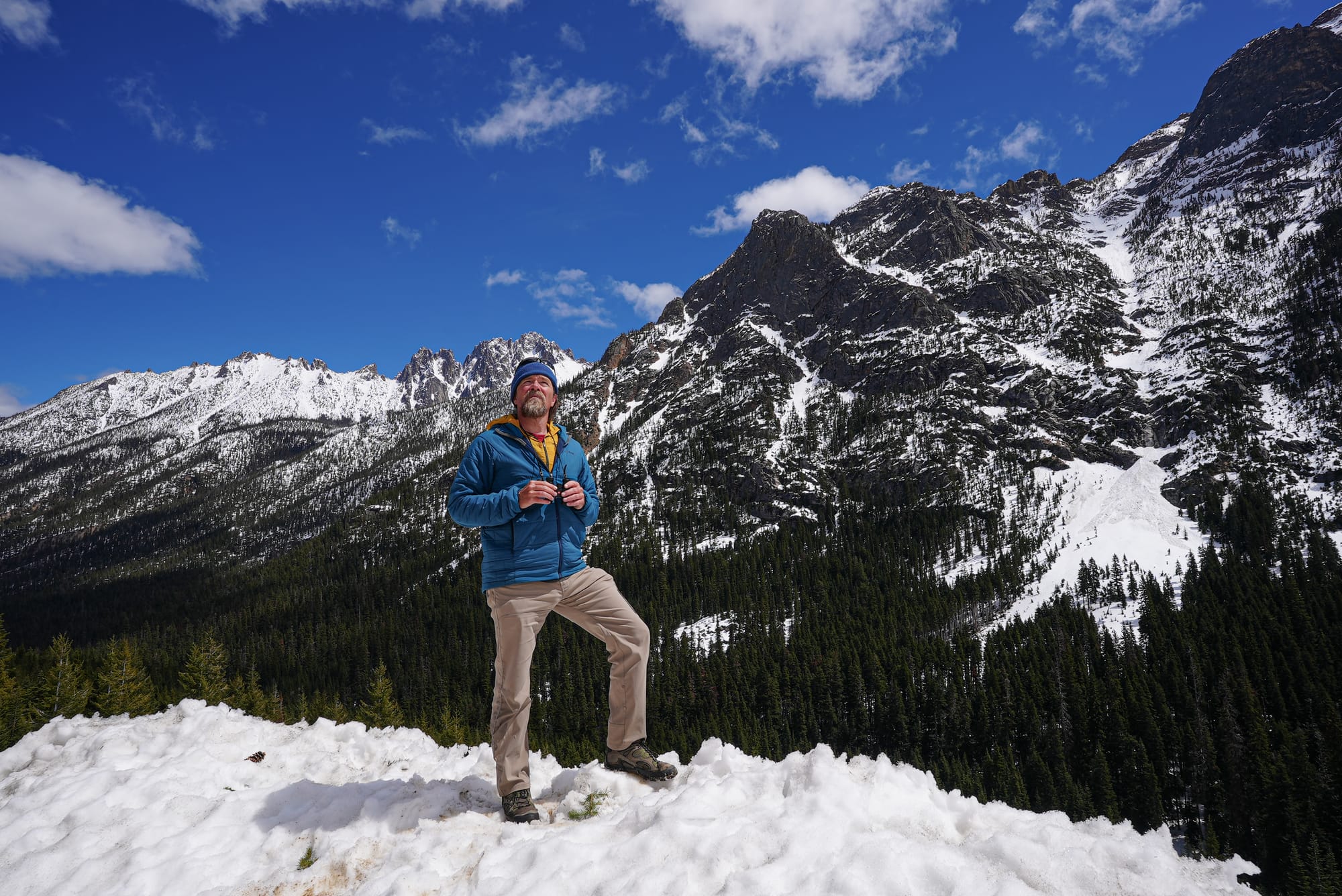
I'm incredibly grateful for this newsletter and how it's helping me see the world in new ways. I love being able to hike every day, take photographs, and look for stories I can share with you. I've always been a naturalist, but picking up a camera and writing this newsletter has changed my life in ways I could never have imagined!
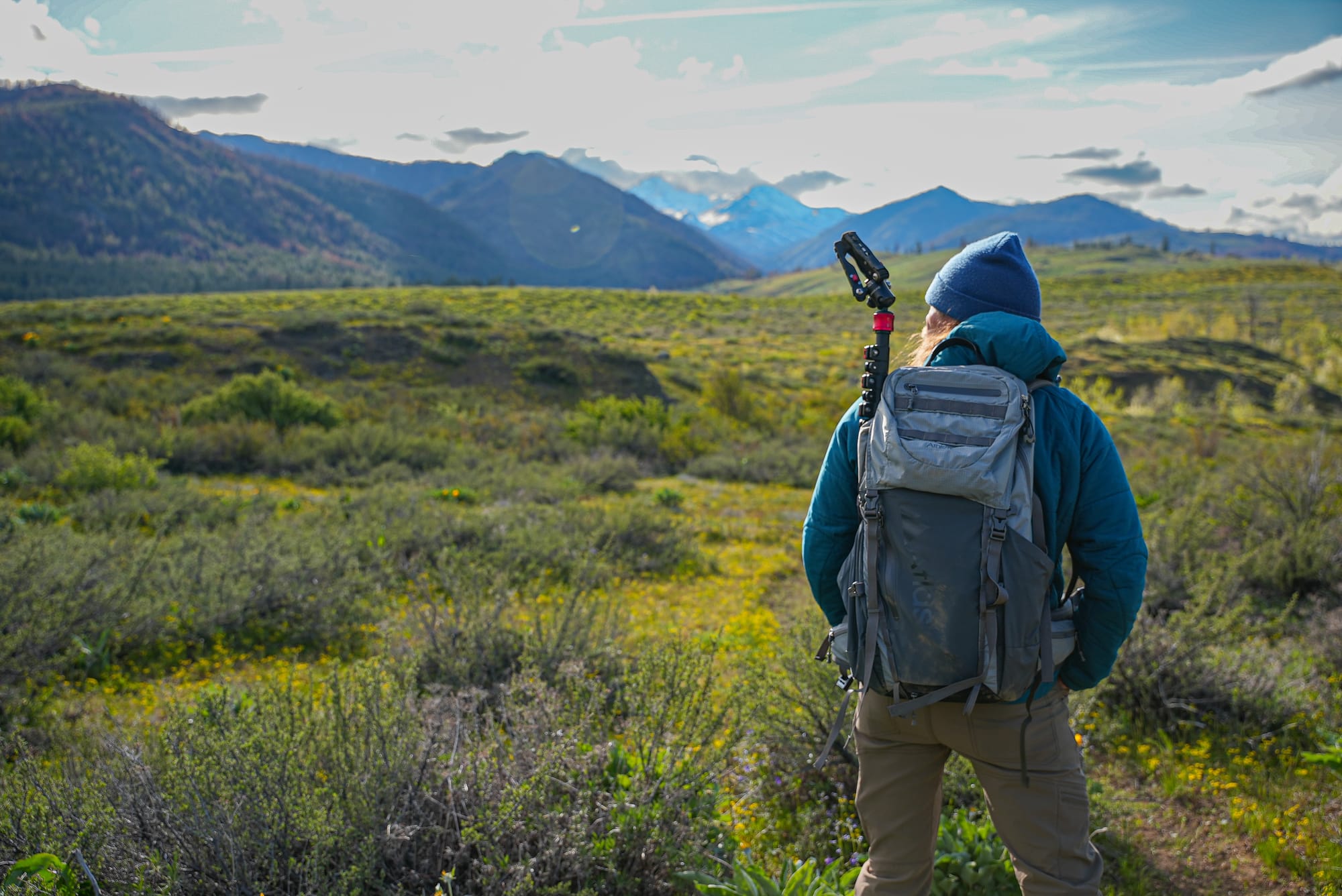
Thank you for being on this journey with me! I couldn't do this without your support and feedback!

Member discussion